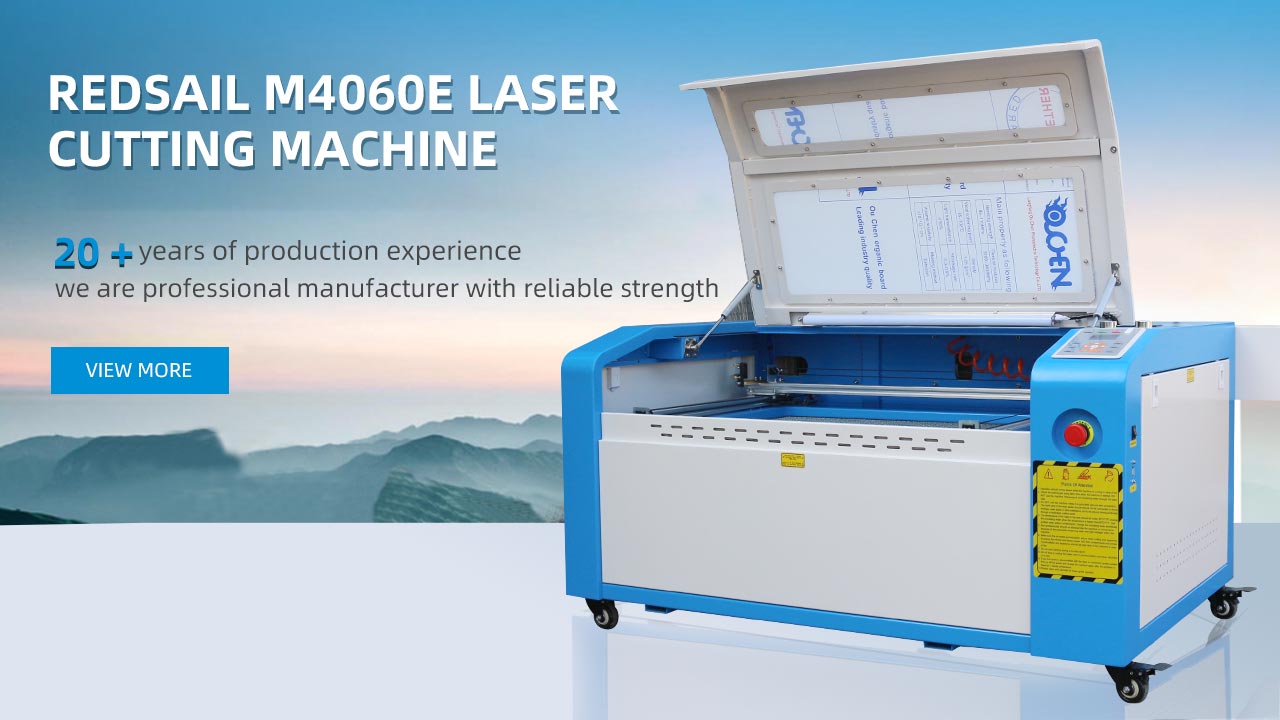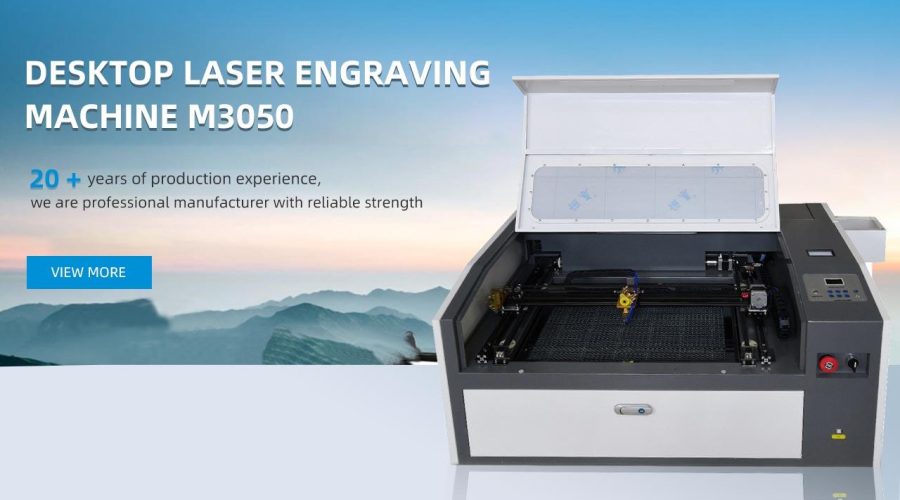What Makes CO2 Laser Engraving the Best Method for Wood Artistry?
Wood artistry has evolved significantly over the years, thanks to advancements in technology. One such advancement is the use of CO2 laser engraving, which has revolutionized the industry. This method offers several advantages that make it the preferred choice for wood artisans. In this article, we will explore what makes CO2 laser engraving the best method for wood artistry.
The Precision and Versatility of CO2 Laser Engraving
CO2 laser engraving provides unmatched precision and versatility when it comes to wood artistry. Here’s why:
1. High Precision: CO2 laser engravers utilize a high-powered laser beam to engrave wood with extreme precision. The laser beam can be controlled to achieve intricate designs and fine details that are impossible to replicate with traditional tools. The precision allows artisans to create stunning patterns, textures, and even replicate complex images on wood surfaces.
2. Versatility: CO2 laser engraving machines are highly versatile and can work with various wood types. Artists can engrave on different hardwoods like oak, maple, mahogany, and softwoods like pine and cedar. The technology also enables engraving on veneers, plywood, and MDF, expanding the possibilities for wood artistry.
Efficiency and Time Savings in Wood Artistry
CO2 laser engraving offers significant efficiency and time savings for wood artisans. Let’s delve into the details:
1. No Manual Labor: Unlike traditional methods that rely on manual labor, CO2 laser engraving is automated. Once the design is loaded into the engraving software, the laser machine takes care of the rest. This eliminates the need for tedious hand-carving, resulting in faster production times and reduced labor costs.
2. Speed and Productivity: CO2 laser engraving is a rapid process that enables wood artisans to produce intricate designs quickly. The laser machines can complete complex engravings in a matter of minutes, which would have taken hours or even days using traditional methods. This increased efficiency allows artists to take on more projects and meet tight deadlines.
The Environmental Benefits of CO2 Laser Engraving in Wood Artistry
In addition to precision and efficiency, CO2 laser engraving also offers environmental benefits. Let’s explore why it’s an eco-friendly option for wood artistry:
1. Reduced Waste: CO2 laser engraving is a non-contact process that removes material by vaporization. This means there is minimal waste during the engraving process, as the laser beam precisely removes only the intended areas. Traditional wood artistry methods often result in a significant amount of material wastage, which is eliminated with CO2 laser engraving.
2. No Chemicals or Fumes: CO2 laser engraving does not involve the use of chemicals, solvents, or adhesives often employed in other wood artistic techniques. This eliminates the release of harmful fumes or pollutants into the environment. The process only relies on the focused laser beam, making it a cleaner and safer alternative for wood artisans.
- Q: How does CO2 laser engraving compare to traditional wood carving?
- Q: Can CO2 laser engraving be used on all types of wood?
- Q: Is CO2 laser engraving environmentally friendly?
A: CO2 laser engraving offers higher precision and allows for intricate designs, which might be challenging with traditional wood carving methods. It also reduces the time and effort required, resulting in increased productivity.
A: Yes, CO2 laser engraving can be used on a wide range of wood types, including hardwoods like oak, maple, and softwoods like pine and cedar. It can also engrave on veneers, plywood, and MDF.
A: Yes, CO2 laser engraving is an eco-friendly option for wood artistry. It produces minimal waste and does not involve the use of chemicals or solvents, making it a cleaner and safer alternative for artisans and the environment.





